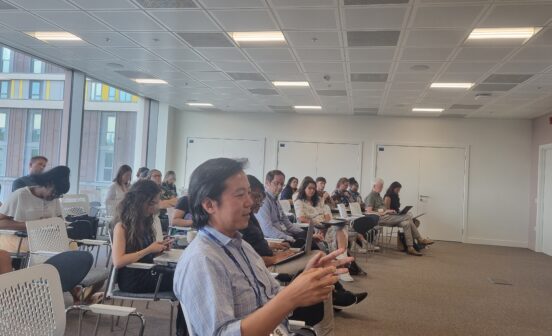PartnershipTherapeutic Decoy antibiotics could get around bacteria’s defences

Imperial BRC researchers have designed a new way to deliver antibiotics that both targets and kills bacteria that have evolved a mechanism of resistance to frontline treatment drugs.
Since their discovery, antibiotics have become a cornerstone of modern medicine, saving millions of lives. However, excessive and inappropriate use means many antibiotics are rendered ineffective with bacteria evolving to develop resistance, leading to the persistence and potential spread of infections. No new classes of antibiotics have been developed since the 1980’s, creating a pressing need for new drugs or therapeutic delivery.
In the study, published in the Journal of Medicinal Chemistry, the research team devised a new ‘decoy’ drug to tackle antibiotic-resistant bacteria. They performed tests on bacterial cultures and found that the new drug successfully killed a strain of drug-resistant bacteria, by delivering two antibiotics, one of which is effectively hidden. When the bacteria fight against the first ‘decoy’ antibiotic, this action opens up the drug, triggering the second antibiotic into action. This means the second antibiotic can be delivered in a targeted way, only being released where it encounters drug-resistant bacteria. The findings could help prolong the life of existing antibiotics by slowing the rate at which bacteria become resistant to them.
Lead researcher Dr Andrew Edwards, from the MRC Centre for Molecular Bacteriology and Infection at Imperial, said: “Given the lack of new drugs in the pipeline it’s essential to develop new ways of using the existing stock of effective medicines to function in new ways, to reduce their damaging effects on our resident ‘good bacteria’ and to slow the rate at which bacteria become resistant to them.”
Co-author Dr Thomas Webb said: “No matter how good bacteria are at evolving resistance to antibiotics they can never ‘think ahead’, and this is why we believe setting a trap for them in this way may be so effective.”
This study was funded originally by the BRC as a short-term project within the Imperial Confidence in Concept scheme in 2015, and further supported by the MRC and NIHR Imperial BRC. Read the full story by Hayley Dunning here.





